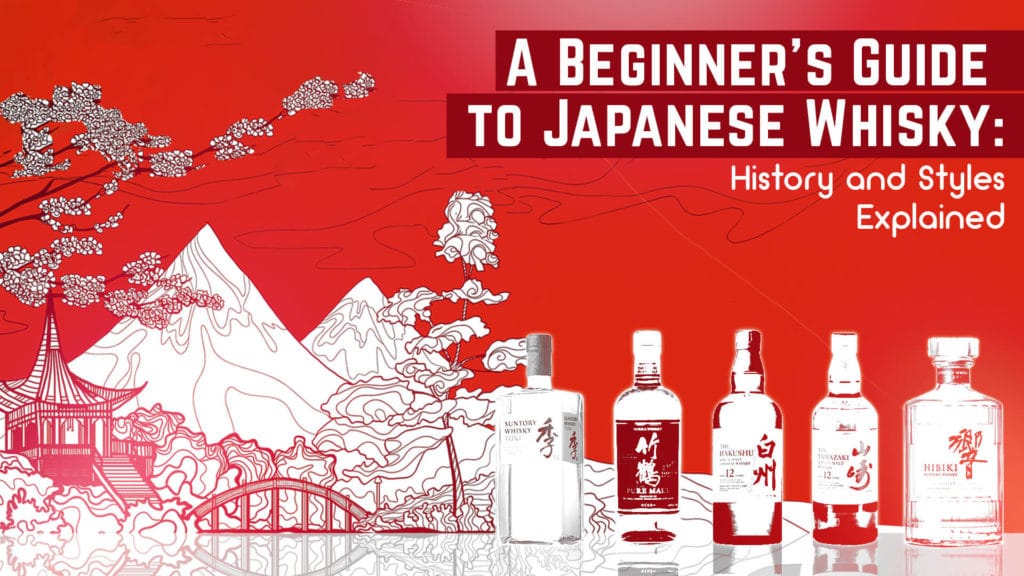Blog
A Quick Guide to Japanese Whisky: History and Styles Explained
Back in the days when you only hear Chivas or Johnny Walker as the synonyms of whisky, in recent years, names like Yamazaki, Hibiki, Yoichi are popping up. After collecting prestigious international awards, Japanese whisky became the new favorite in the world of whiskies and a trend among urban elites. The price skyrocketed along with the popularity. But what is so different about Japanese whisky? Here is a beginner’s guide to getting informed before you plunge into Japanese whisky when you buy alcohol online.
The story begins in the 1920s, the father of Japanese whisky, Shinjiro Torii, founded the first commercial malt whisky distillery in Japan named Yamazaki. To achieve his vision of creating a true Japanese whisky, Torri partnered with Masataka Taketsuru, who had a fondness for Scotch whisky, later took charge of the whisky production in the Yamazaki distillery.
Great changes happened as resolutions of conflicts. Torii wanted the whisky style to be more elegant, smooth and pure, to be more pleasing to the Japanese palette, while Taketsuru envisioned intense, powerful replicas of the greatest ones of Scotland.
Ten years later, Taketsuru left the distillery and headed north, to find a location that was similar to the cool climate in Scotland and finally launched the first Nikka whisky in 1940. Yamazaki later became Suntory, together with Nikka, are the top Japanese whisky producers today.
Inspired by Scotch whisky, Japanese whisky shares a big similarity to Scotch whisky in terms of production. Both use malted barley as the main raw material. The key factor that impacts the flavors and style of whisky is the aging process. The oak barrels used and the climate of origin impart unique flavors to the whisky.
In general, Japanese whisky is less peaty and smoky than Scotch whisky. For blended whisky, Scottish distilleries tend to buy or share from one another while their Japanese counterpart never shares. Each company owns a few distilleries across different micro-climate regions in Japan to blend their whisky together. That is to say, unlike Scotch whisky that has a classic profile of highland, lowland and Islay, Japanese whisky shows more identity of the distillery and producer, rather than the region.
So what are the essentials for beginners to discover as an entrance to the world of Japanese whisky? Of course, the two giants, Suntory and Nikka are the first ones to go. They represent the history, the core and the main styles of Japanese whisky.
However, the finest ones can cost you a fortune, before diving in, start with classic ones to have a better understanding of the profiles and the styles of each distillery and company. Here are five suggestions for you to start your journey with Japanese whisky:
- Suntory Yamazaki Distiller’s Reserve: single malt whisky from Yamazaki distillery
- Suntory Hakushu Distiller’s Reserve: single malt whisky from Hakushu distillery
- Suntory Hibiki Harmony: blend of malt and grain whiskies from Yamazaki, Hakushu and Chita
- Nikka Coffey Grain: a classic grain whisky distilled in a column still
- Nikka Coffey Malt: a unique malt whisky distilled in a column still



